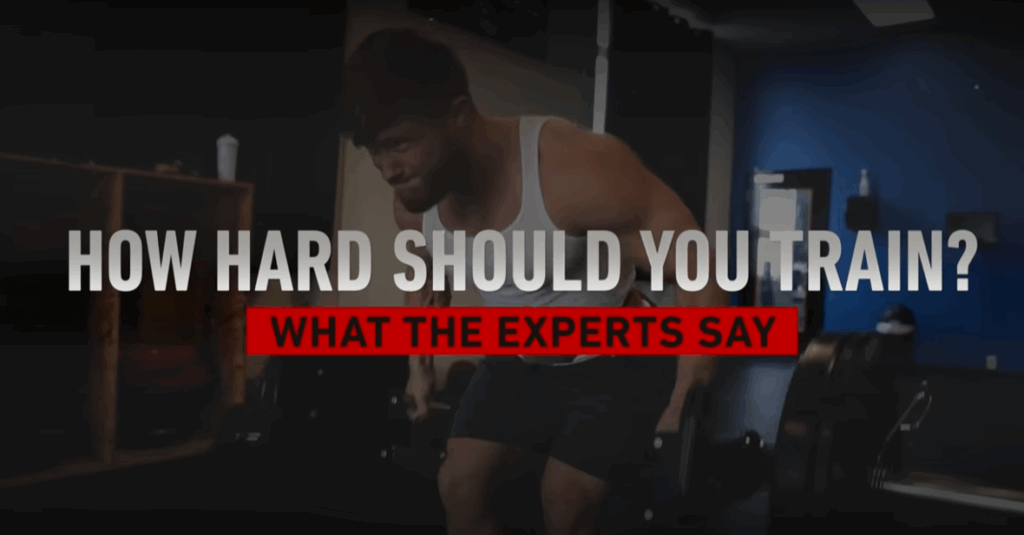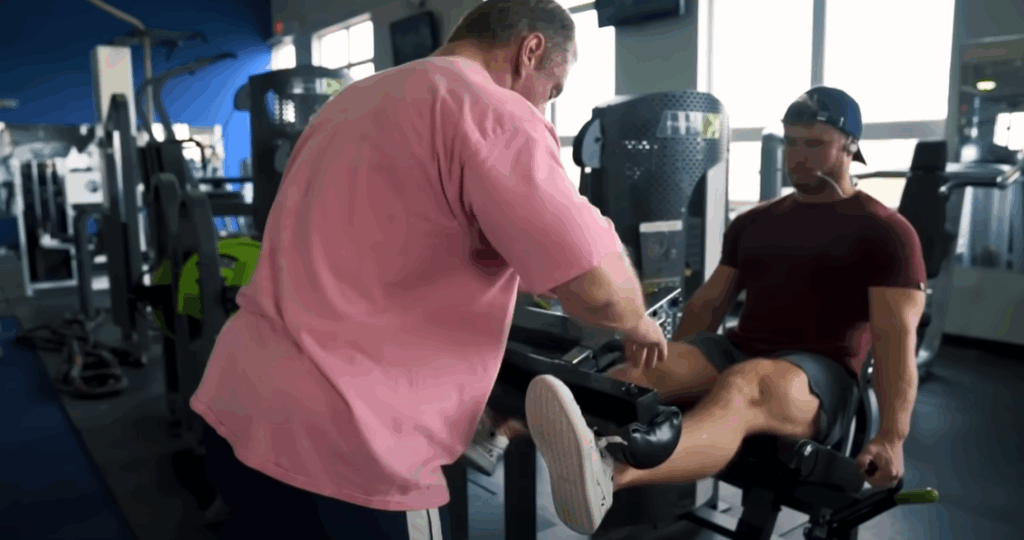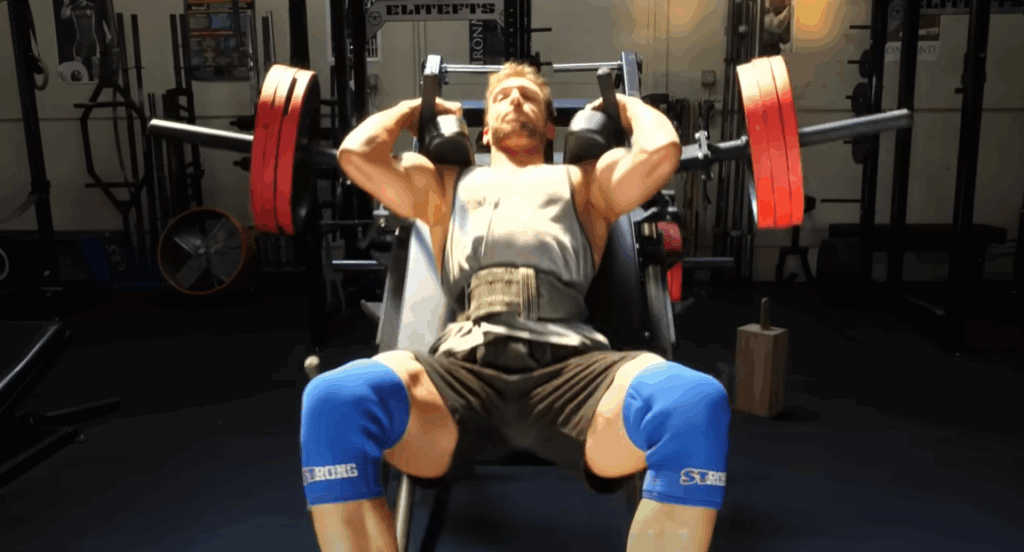How Hard Should You Train to Build Muscle? Expert Advice for Maximizing Gains
Training intensity is one of the most hotly debated topics in the fitness world. Should you go all out every session or take a more measured approach? To uncover the best strategy, we turn to insights from top-tier coaches, scientists, and elite athletes. Their consensus reveals that training hard is essential—but how hard you go depends heavily on your experience level, goals, and where you are in your training cycle.

Understanding RPE and RIR: Measuring Effort
Before diving in, let’s clarify two essential training terms:
- RPE (Rate of Perceived Exertion): A subjective scale from 1 to 10 indicating how difficult a set feels. An RPE of 10 means absolute failure—no reps left.
- RIR (Reps in Reserve): The inverse of RPE. If you stop a set with two reps in the tank, that’s 2 RIR, or about RPE 8.
Both scales are useful tools for managing training intensity and fatigue across different training phases.
Dr. Mike Israetel: Adjust Intensity Based on the Training Phase
Sport scientist Dr. Mike Israetel advocates for a structured approach that adjusts intensity and volume throughout the training cycle. Early in a training block, he recommends starting with lighter loads and more reps in reserve—typically around 3 RIR—to manage fatigue. As the mesocycle progresses, volume and intensity should gradually increase, reducing RIR closer to zero by the final week before a deload.
Training to failure too early can limit recovery and hinder your performance in later sessions. Israetel emphasizes that the stimulus needs to be sufficient for growth but not so excessive that it compromises your ability to train consistently.

Progression Is Key: Gradually Increase Demand
One of Israetel’s key insights is that your intensity should increase across the mesocycle. For example, starting at 3 RIR and reducing by one each week (down to 0 RIR) ensures progressive overload. What you want to avoid is training easier each week—like going from 3 RIR to 4 RIR—because this signals regression, not progression.
When fatigue peaks and your performance plateaus, it’s time for a deload. Reduce intensity and volume to recover fully before starting the next training block.
John Meadows: Match Intensity to Experience Level
IFBB Pro and legendary coach John Meadows believed that your training intensity should evolve as you do. Beginners don’t need to train to failure or use advanced techniques. Just mastering form and increasing load gradually is enough to spark growth.
As lifters move into intermediate and advanced stages, they often need more volume and intensity to keep progressing. Here, Meadows suggested integrating high-effort methods—like drop sets and cluster sets—sparingly, especially at the end of a workout.
His philosophy: If an exercise provides strong mechanical tension, good muscle activation, and full fiber recruitment, it doesn’t matter which exercise it is. The key is pushing yourself hard with whatever movements work best for you.
Don’t Neglect Technique
Even advanced lifters must continue refining their form. As intensity increases, so does the risk of injury, especially if technique breaks down. Meadows emphasized that training hard and training smart must go hand in hand.

Dr. Stefi Cohen: Effort Drives Results
Powerlifter and world record holder Dr. Stefi Cohen echoed the importance of effort—but with a strong message: most people simply don’t train hard enough. According to her, many lifters spend too much time in the “gray zone,” never pushing close enough to failure and never allowing enough recovery between sessions.
She argued that intensity, especially in strength training, must align with your goals. If you want to improve your 1-rep max, your sessions need to include heavy loads and near-maximal effort. While accumulation blocks with higher volume and lower intensity are important, those phases should lead into periods of intense, heavy training.
Train to Failure—Strategically
Cohen supports training to failure, but with strategy. It shouldn’t be an everyday thing, but it also shouldn’t be ignored—especially for those chasing maximal strength or size. She recommended using failure training selectively, ideally during peak phases of a program, to sharpen your nervous system and mental grit.
Dr. Eric Helms: Balance Intensity and Volume
Researcher and coach Dr. Eric Helms advocates for finding a balance between effort and sustainability. He explains that while most hypertrophy work should feel challenging—usually around RPE 7 to 9—it shouldn’t completely drain your recovery capacity.
Helms emphasized that both heavy, low-rep work and lighter, high-rep sets taken near failure can trigger muscle growth. What matters most is that the muscles experience sufficient mechanical tension. That means most sets should be within 1–3 reps of failure.
Avoid Both Extremes
The common mistake? Going too easy or going too hard, too often. If you train with very low RPEs all the time, you may not stimulate growth. But if you constantly push to failure, you may burn out or get injured. The sweet spot lies somewhere in between—close enough to failure for the stimulus, but with enough restraint to train effectively session after session.
Greg Nuckols: Let the Exercise Guide Your Intensity
Greg Nuckols, strength coach and data analyst, provides a practical takeaway: how hard you train should depend on the lift and your goal. For hypertrophy, most sets should end within two reps of failure. For strength, some sets should push you into that uncomfortable zone—but many should also prioritize form, motor learning, and recovery.
He advises monitoring how your body responds. If you’re sore and sluggish four days after a session, you probably did too much. If you feel completely fresh within 24 hours, you may need to push harder.
The Bottom Line: Training Smart Beats Training Maximal
So how hard should you train?
- Beginners should prioritize learning form and making gradual progress. You don’t need failure sets to build muscle early on.
- Intermediates benefit from slowly adding volume and intensity over time, eventually incorporating more advanced methods.
- Advanced lifters must challenge themselves with high effort, close-to-failure sets—but in a way that’s sustainable and doesn’t sacrifice form or health.
Ultimately, effort matters. But effort without structure or recovery leads to burnout. Whether you’re chasing a physique transformation or performance goals, your training intensity must be dialed in to your experience level, the phase of your program, and your personal recovery ability.



